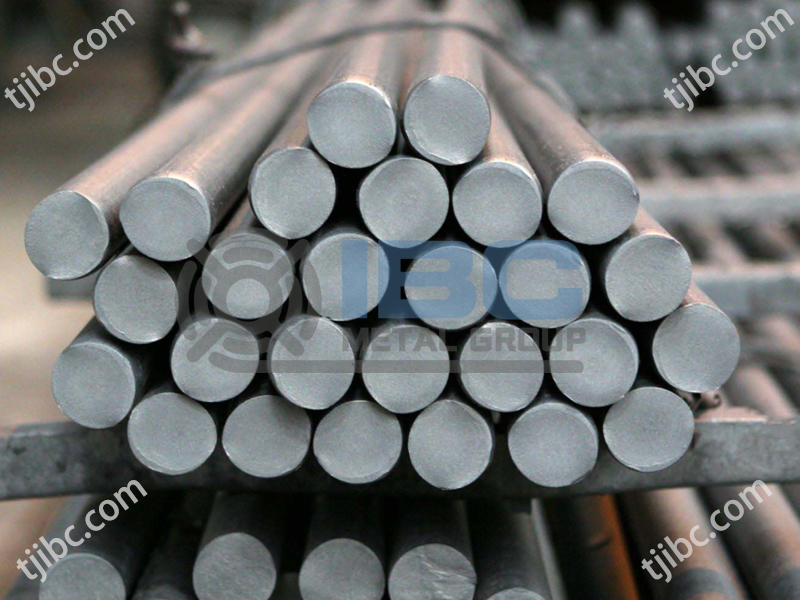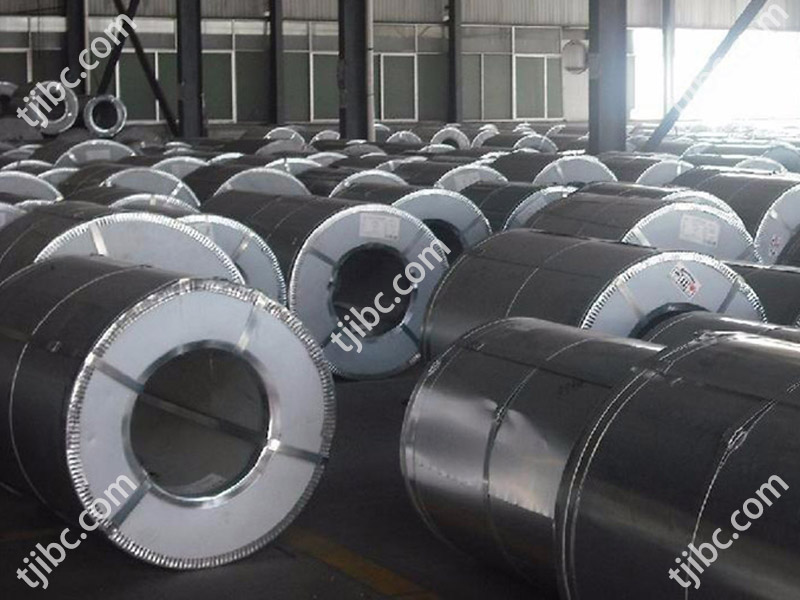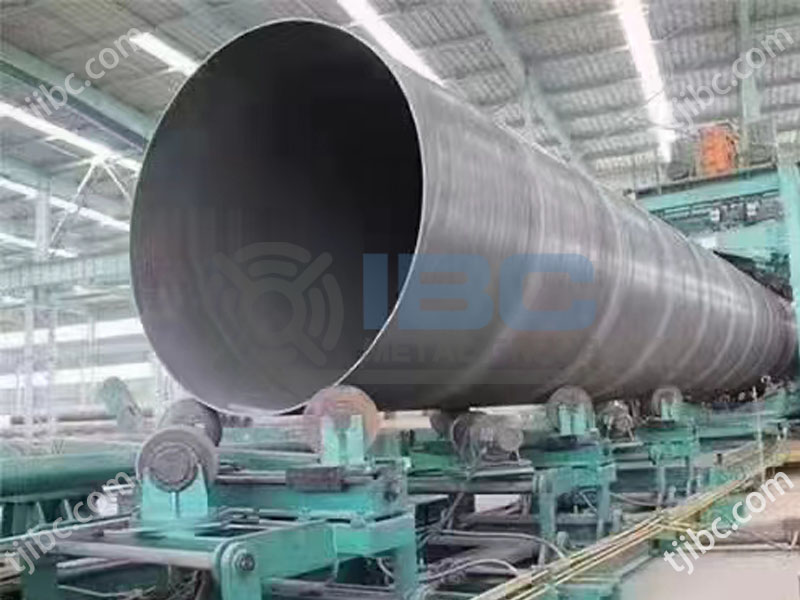The Method of Extending the Service Life of Seamless Pipe
We know all customers want to extend the service life of seamless pipe. IBC Metal Group could supply & export all kinds of steel pipes, seamless and welded. Followings are what we usually pay attention to.
With hollow sections, seamless steel pipes commonly used to convey fluids, including oil, natural gas, gas, water, and solids. The seamless pipe has a certain corrosion resistance, but it is necessary to remove the oxide layer on the surface of the product in some extreme environments to prolong its service life. Cleaning mostly performed by pickling. Electrolytic cleaning required again after cleaning.
In addition to wearing labor protection supplies before pickling, the on-site work environment should also check in detail, mainly to ensure that the hoisting of the seamless steel pipe is intact. Hydrochloric acid picklingusually used when pickling seamless steel pipes. The amount of hydrochloric acid should be between 18% and 20%.
Additionally, the staff must know the concentration and temperature of the acid solution in this tank, as well as the tonnage of the pickling pipe before starting the process. There is a control of the weight and time of pickling steel pipe between 2-5 tons per time, and the time is between 5-15 minutes. The pickling process of steel pipes requires frequent vibrations as well. The time needs to be adjusted according to body weight. To prevent accidental injury from hydrochloric acid when lowering the pipe into the acid tank, the steel pipe should be tilted when being lowered.
What We Should Do When Seamless Pipe Stored in The Warehouse
If we want to extend the service life of seamless pipe, we have lot of things to do. The seamless pipes stored in the warehouse waiting to be put into use need to do the following work:
- Steel materials of different types should stacked separately to prevent mixing and corrosion from acid, alkali, salt, cement, and other corrosive materials in the warehouse.
- It is possible to stack large steel sections, rails, steel plates, large-diameter steel pipes, forgings, etc.
- The warehouse can store small steel products, thin steel plates, steel strips, silicon steel sheets, small-diameter or thin-walled steel pipes, various cold-rolled and cold-drawn steel products, and high-priced, easily-corroded metal products.
- Generally, ordinary closed warehouses used, that is, warehouses with ceilings and walls, tight doors and windows, and ventilation devices.

Contact with us today!



